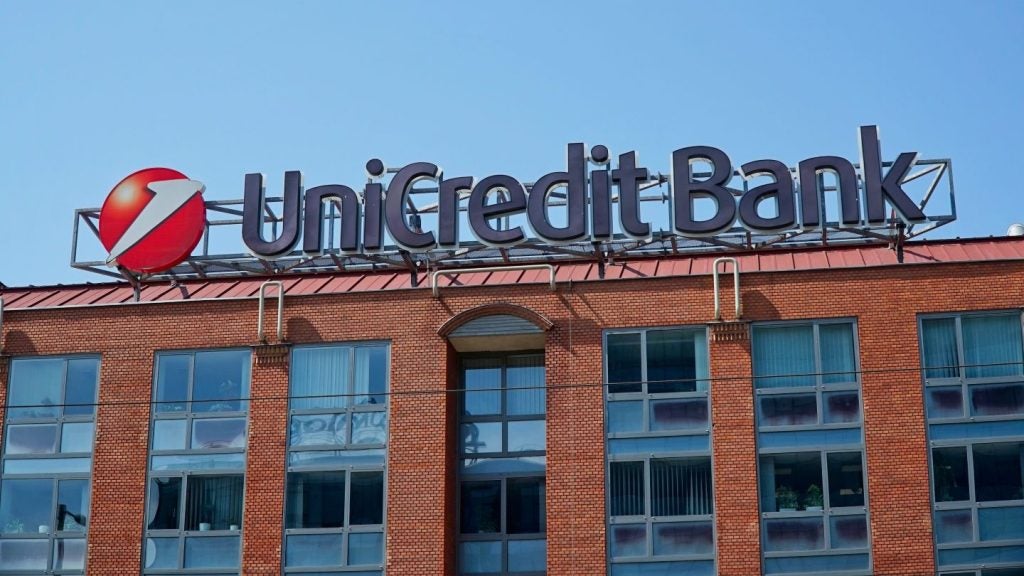When Bank of America teamed up
with US-based Brighter Planet, an independent environmental
services company, in late 2007 to launch ethical credit and debit
cards, there was much optimism that the products could make a
difference in tackling climate change. Douglas Blakey examines progress to
date.
The November 2007 announcement that Bank of America (BofA), then as
now the largest retail bank in the US, was to partner with US
environmental services company Brighter Planet to offer credit and
debit cards that helped customers reduce their carbon footprint was
one of the first retail banking initiatives arising from the bank’s
much publicised, ten-year, $20 billion commitment to support the
growth of environmentally sustainable business activity.
Since then, the economic downturn and
challenging business climate for banking has overshadowed press
coverage of green banking initiatives, but according to Brighter
Planet, the cards launched in early 2008 have proved to be a hit
while its relationship with BofA “remains strong.”
In summer 2009, the number of cardholders
passed the 100,000 mark and has grown each month since then, even
though credit criteria for new applicants has had to be tightened,
in common with all card issuers.
“The majority of Americans now believe they
have a responsibility to do something about the environment, and
the Brighter Planet Visa credit and debit cards offer a practical
and effective way for cardholders to become part of the solution,”
Brighter Planet’s spokeswoman Carolyn Barnwell told RBI.
“There was a great deal of speculation and
conjecture at the onset of the financial crisis that consumers
would reject environmentally-themed products and services – this
however, has not played out.”

US Tariffs are shifting - will you react or anticipate?
Don’t let policy changes catch you off guard. Stay proactive with real-time data and expert analysis.
By GlobalData
Instead of saving towards rewards such as
frequent flier programmes on rival loyalty programmes, points
earned with the Brighter Planet Visa credit card are automatically
redeemed each month to support renewable energy projects.
Brighter Planet and the bank co-ordinate all
marketing efforts for the card programmes while BofA’s branches
have been a vital channel for acquisition as well.
According to Barnwell, Brighter Planet
cardholders have already offset almost 150 million pounds of CO2,
the equivalent, she says, of shutting down a coal-fired power plant
for seven and a half days, removing 26 million bags of rubbish from
landfills, or 147,000 people not driving their cars for a
month.
Clean energy products
Cardholders currently support 19
community-based clean energy projects throughout the US, in the
process reducing dependence on fossil fuels and bringing additional
social value by eliminating electricity costs for the projects’
owners.
All projects in the portfolio have to be
vetted and approved by Brighter Planet’s selection committee, a
group made up of prominent environmentalists, with the latest
project, the Greensburg Wind Farm, being one for which Barnwell has
high hopes.
“The plan will help rebuild Greensburg,
Kansas, which was ravaged by a tornado, in the process creating the
‘greenest town in America’.
“Our cardholders contribute to this effort to
provide additional funding needed to bring 10 large-scale wind
turbines online. These turbines will provide enough clean
electricity to power 12,000 homes.”
Other projects include farm-based wind
turbines across the US: the sale of offsets helps bring the upfront
cost of wind turbines down to a level that is affordable for most
farms.

While the Brighter Planet cards were just one
of a number of environmentally-themed cards launched in the past
two years, it has avoided criticism of so-called ‘greenwash’ from
environmental campaigners.
Other environmentally-themed credit cards
rolled out over the past two years include:
• GE Money’s Earth Rewards MasterCard –
launched in 2007, with the aim of contributing 1 percent of card
purchases towards the purchase of carbon offsets, the card received
a mixed response from environmetal groups;
• In the UK, the country’s biggest card issuer
Barclaycard rolled out the Breathe card, with 0.5 percent of card
spend donated to projects that tackle climate change;
• In the Netherlands, Rabobank’s Climate Card,
the result of a partnership with WWF was generally well received;
and
• The Eco Visa Card, from Europe’s biggest
ethical bank Triodos, which aims to offset one ton of each
cardholder’s carbon emissions per year (if used for more than five
transactions per month).
According to Barnwell, environmentally-aware
cardholders do now have choice in the US, but she added: “It is a
very daunting task for someone to sort out the environmental wheat
from the chaff and to figure out what they can do to become CO2
fighters.”
Looking ahead, Brighter Planet is upbeat about
its recently relaunched website, the only site in the environment
niche that is both a data-driven utility and a social web
application.
The backbone of the new site is a smart, agile
carbon calculator that does not require users to answer hundreds of
questions to make a meaningful start on reducing or offsetting
their footprint. As users begin to make real headway, they can
return to the calculator, add more information about behaviour and
choices, and reflect accomplishments. In return they get a more
precise sense of their personal carbon footprint, tailored
recommendations of conservation projects, and visualisations of
their progress







